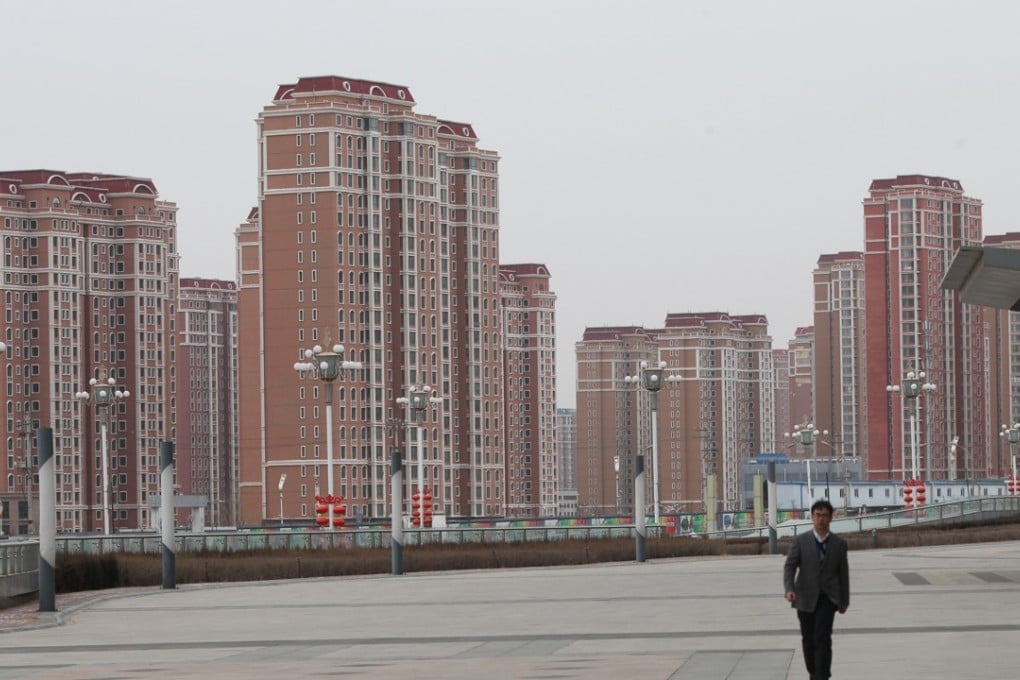A fifth of China’s urban housing supply lies empty, equivalent to 50 million homes
- Soon-to-be-published research shows 22 per cent of China’s urban housing stock is unoccupied, said Professor Gan Li, who runs the nationwide study

Chinese President Xi Jinping’s mantra that homes should be for living in is falling on deaf ears, with tens of millions of apartments and houses standing empty across the country.
Soon-to-be-published research will show roughly 22 per cent of China’s urban housing stock is unoccupied, according to Professor Gan Li, who runs the main nationwide study. That adds up to more than 50 million empty homes, he said.
The nightmare scenario for policymakers is that owners of unoccupied dwellings rush to sell if cracks start appearing in the property market, causing prices to spiral. The latest data, from a survey in 2017, also suggests Beijing’s efforts to curb property speculation - considered by leaders a key threat to financial and social stability - are coming up short.
“There’s no other single country with such a high vacancy rate,” said Gan, of Chengdu’s Southwestern University of Finance and Economics. “Should any crack emerge in the property market, the homes to be offloaded will hit China like a flood.”
One solution that the government could use is property or vacancy taxes to try to counter the issue, but neither appears imminent and some researchers, including Gan, say what actually counts as vacant could be tricky to determine.
Thousands of researchers fanned out across 363 counties last year as part of the China Household Finance Survey, which Gan runs at the university. The vacancy rate, which excludes homes yet to be sold by developers, was little changed from a 2013 reading of 22.4 per cent, he said by phone, adding that he was finalising the data for its release.